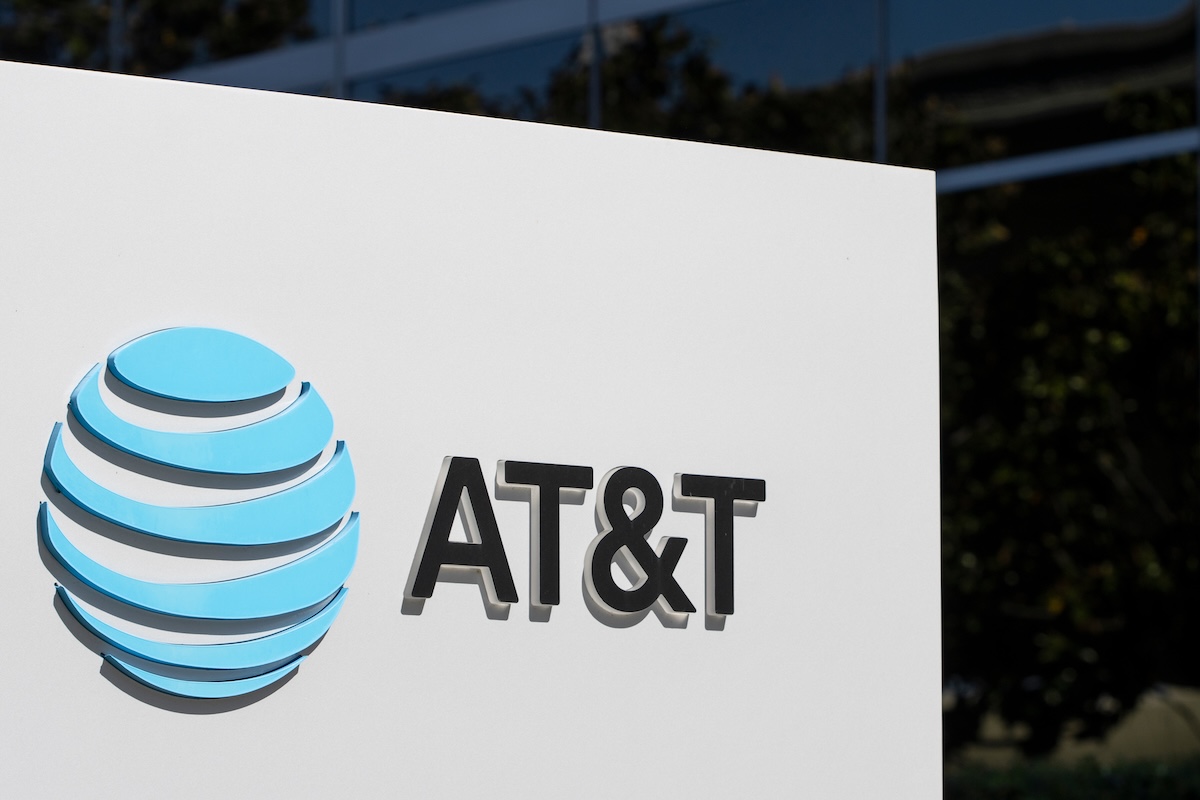
When John Stankey took the reins at AT&T (T) in July 2020, the telecom giant was in full retreat. Revenues were sliding, EPS was down, and its pandemic-era balance sheet was buckling under the weight of two misfired media bets, DirecTV and Time Warner.
The Time Warner deal is now etched in Wall Street lore as one of the worst M&A disasters in media history. DirecTV didn’t fare much better, hemorrhaging customers as streaming services took over the living room.
So Stankey did what many CEOs don’t: he hit undo.
AT&T unloaded TimeWarner in 2022 and closed a deal this month to sell its remaining 70% stake in DirecTV to TPG Capital, marking the end of a costly detour into Hollywood.
Stankey is now all in on telecom’s bread and butter: infrastructure — or more specifically, ditching legacy copper networks in favor of fiber.
Copper is dead
Fiber offers higher bandwidth, faster speeds, and better durability, but across the industry, copper is being treated like a biohazard.
“Copper lines? They’re cooties in today’s market,” said Roger Entner of Recon Analytics in a post on X. “Everyone wants out.”
Even so, regulators have slowed efforts to scrap old networks, hoping to preserve infrastructure for rural users. Still, analysts agree fiber is non-negotiable. BCG called it “the only option” to keep pace with an “always-on” digital economy.
AT&T is now pushing hard, and it’s not shy about crediting President Trump’s tax agenda for giving it the green light.
Big break, same bill
Earlier this month, AT&T linked its fiber expansion plans directly to Trump’s “One Big Beautiful Bill Act,” calling it a catalyst for investment and innovation.
In its Q2 earnings release, AT&T estimated $6.5 to $8 billion in tax savings over the next three years as a result of the legislation, enough to fund a 4-million-locations-per-year fiber rollout by the end of 2026.
The goal is to reach 50 million customer locations with in-region fiber by 2030.
Of those savings, $1.5 to $2.0 billion are expected this year, rising to $3 billion annually in 2026 and 2027. The company says it will reinvest $3.5 billion of that total directly into fiber network infrastructure.
But not everyone’s buying the hype.
Charles Schwab’s Liz Ann Sonders told Yahoo Finance these aren’t new savings and just an extension of the Trump-era tax cuts from 2017. The bill avoids a tax hike, but doesn’t deliver a fresh stimulus.
“Not passing it would have been a big economic hit,” Sonders said. “I’m not sure we can call it a brand new stimulus like in 2017.”
Investors seem to be unbothered with AT&T stock is up 21.9% YTD and 52.4% over the past 12 months.
Your email address will not be published. Required fields are markedmarked